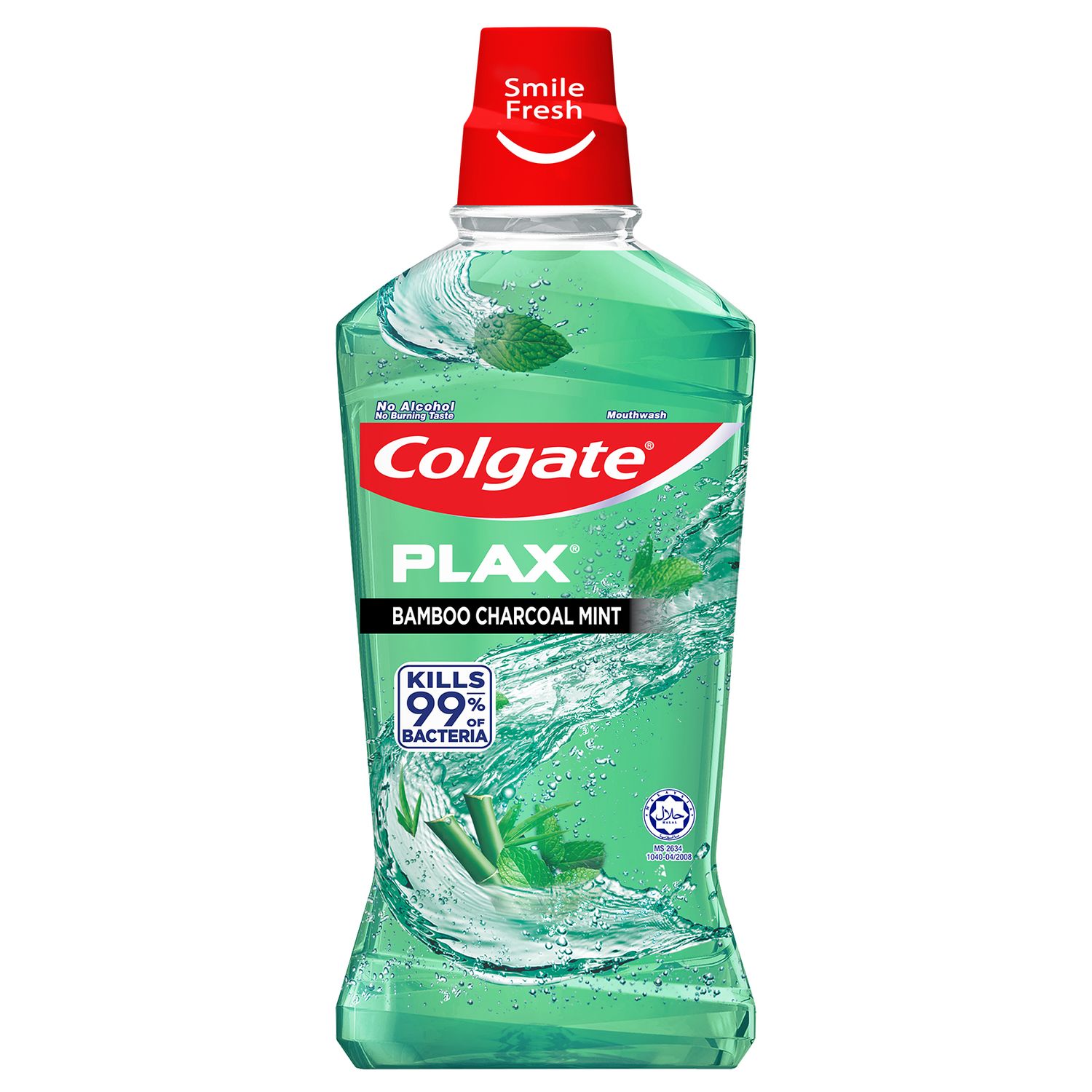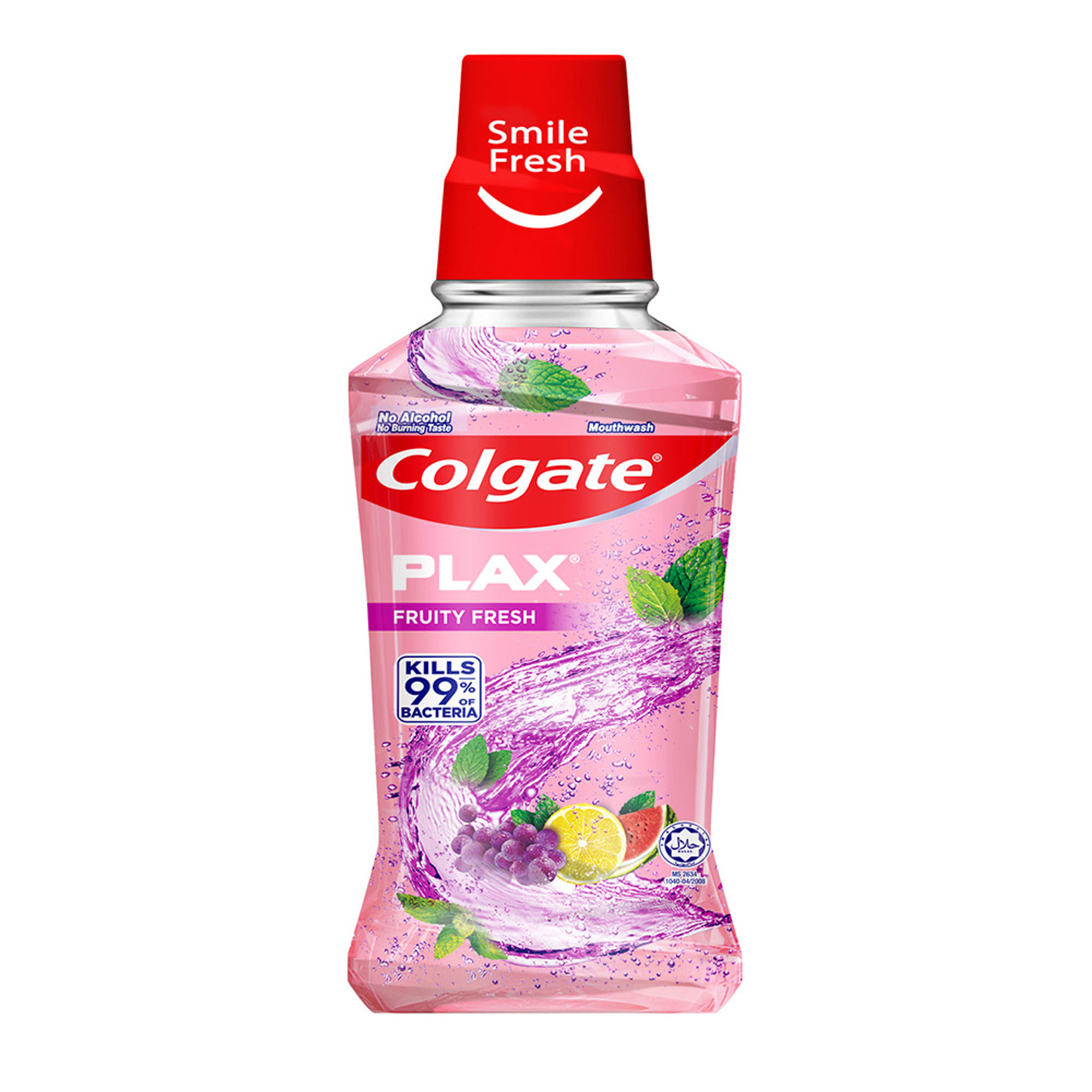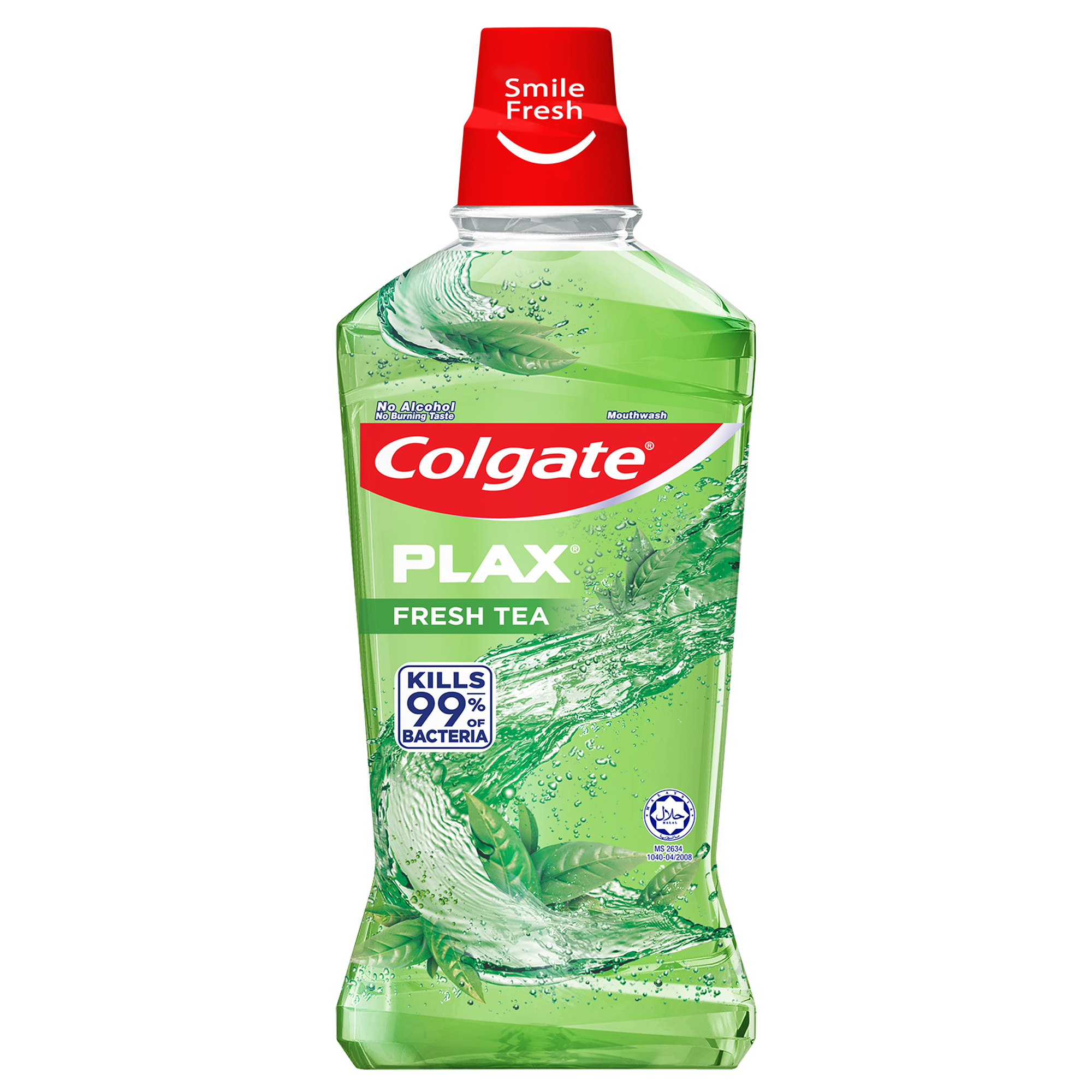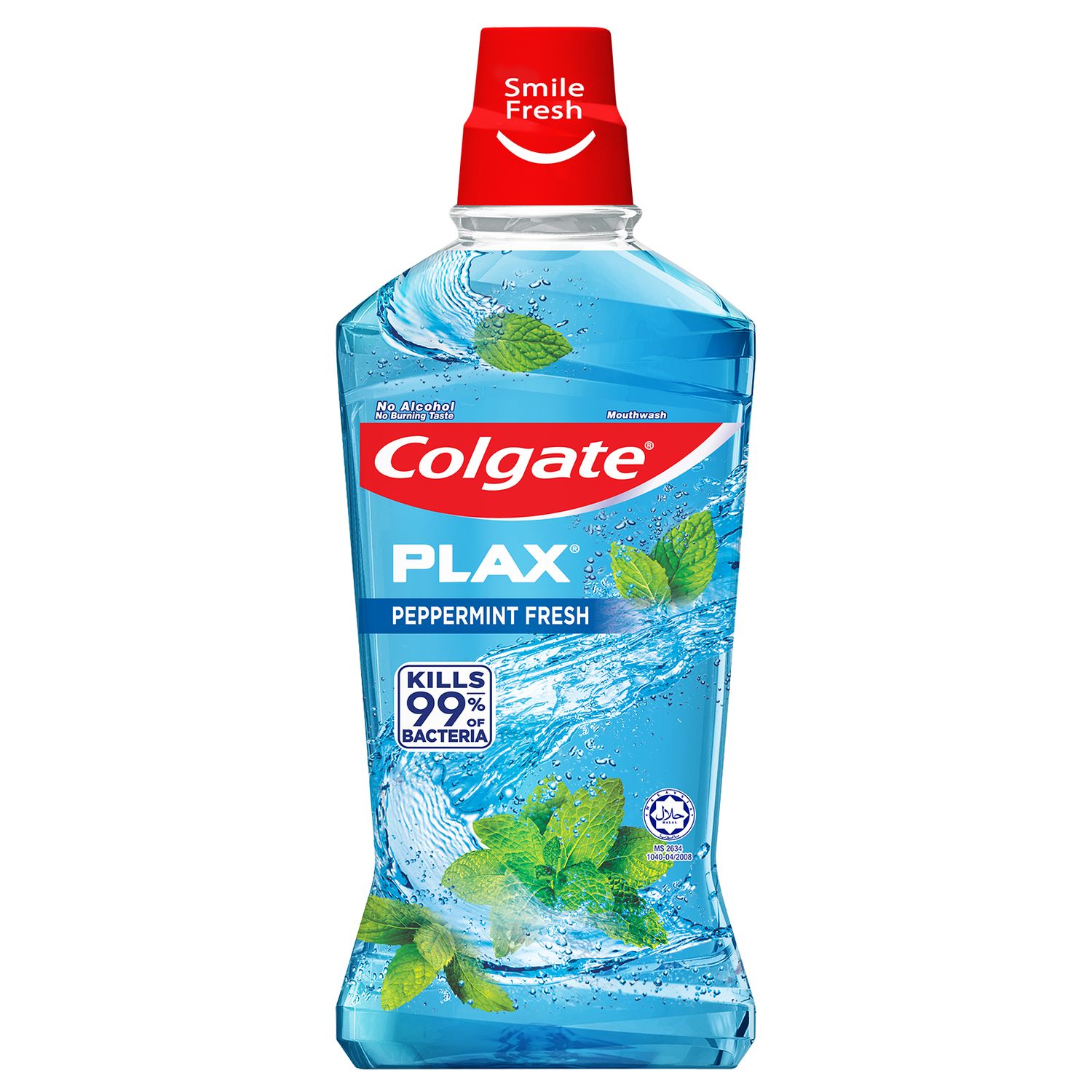What are Mouth Irritations and Oral Lesions?
Mouth irritations and oral lesions are swellings, spots or sores on your mouth, lips or tongue. Although there are numerous types of mouth sores and disorders, among the most common are canker sores, cold sores, leukoplakia and candidiasis (thrush). These are discussed below. If you have a mouth sore, you're not alone-around one third of all people are affected at some point. Nonetheless, mouth sores, irritations and lesions can be painful, unsightly and can interfere with eating and speaking. Any mouth sore that persists for a week or more should be examined by your dentist. A biopsy (tissue taken for testing) may be advised and can usually determine the cause, ruling out such serious diseases as cancer and HIV.
How do I Know if I Have a Mouth Sore or Oral Lesion?
The following signs may indicate a mouth sore or oral lesion:
- Canker sores are small white swellings or sores surrounded by an area of redness. While canker sores are not contagious, they are often confused with cold sores, which are caused by the contagious herpes virus. It may help to remember that canker sores occur inside the mouth, while cold sores usually occur outside the mouth. Canker sores can recur, and can be minor (small), major (larger) or herpetiform (multiple, in groups or clusters).
- Canker sores are common and often recur. Although the exact cause is uncertain, some experts believe that immune system problems, bacteria or viruses may be involved. Factors such as stress, trauma, allergies, cigarette smoking, iron or other vitamin deficiencies, and heredity may also make one susceptible.
- Cold sores, also called fever blisters or herpes simplex, are groups of painful, fluid-filled blisters around the lips and sometimes under the nose or around the chin. Cold sores are usually caused by a type of herpes virus and are very contagious. The first infection often occurs in children, sometimes without symptoms, and may be confused with a cold or flu. Once a person is infected, the virus stays in the body, occasionally causing recurrent attacks. For some people, however, the virus remains inactive.
- Leukoplakia looks like a thick, whitish-color patch on the inner cheek, gums or tongue. It is often associated with smoking and smokeless tobacco use, although other causes include badly fitting dentures, broken teeth and chewing on one's cheek. Because an estimated 5 percent of leukoplakia cases progress to cancer,* your dentist may take a biopsy. Leukoplakia often heals when tobacco use is stopped.
- Candidiasis — oral thrush — is a fungal infection caused by candida albicans (a yeast). It can be recognized by the creamy, yellow-white or red patches that occur on moist surfaces in the mouth. Tissues under the patch can be painful. Thrush is most common among denture wearers, newborns, those debilitated by disease and those whose immune system is not functioning properly. People who have a dry mouth, or who are taking or have just completed antibiotic treatment, are also susceptible.
How are Mouth Irritations and Oral Lesions Treated?
Treatment varies according to the type of condition you have. For the most common types of mouth sores and disorders, described above, treatment is as follows:
- Canker Sores — canker sores usually heal after seven to 10 days, although recurrent outbreaks are common. Non-prescription topical ointments and pain relievers can provide temporary relief. Rinsing with antimicrobial mouth rinses may help reduce the irritation. Sometimes, antibiotics are prescribed to reduce secondary infection.
- Cold Sores — the blisters usually heal in about a week. Because there is no cure for herpes infections, the blisters may reoccur during times of emotional upset, exposure to sunlight, allergies or fever. Non-prescription topical anesthetics can provide temporary relief. Prescription antiviral drugs may reduce these kinds of viral infections — ask your dentist or physician.
- Leukoplakia — treatment begins by removing the factors causing the lesions. For some patients that means quitting tobacco use. For others, it means removing ill-fitting dentures and replacing them with properly fitting ones. Your dentist will monitor your condition, examining the lesion at three to six month intervals, depending on its type, location and size.
- Candidiasis — treatment consists of controlling the conditions that cause the outbreaks.
- Cleaning dentures is important in preventing denture-induced problems. Removing dentures at night can help
- If antibiotics or oral contraceptives are the cause, reducing the dose or changing the treatment may help
- Saliva substitutes are available to help with dry mouth
- Antifungal medications may be used when the underlying cause is unavoidable or incurable
- Good oral hygiene is essential
| Fever Blister | Canker Sore |
* The Complete Guide to Better Dental Care, Jeffrey F. Taintor, D.D.S., M.S., and Mary Jane Taintor, 1997.
|
11/15/2010














